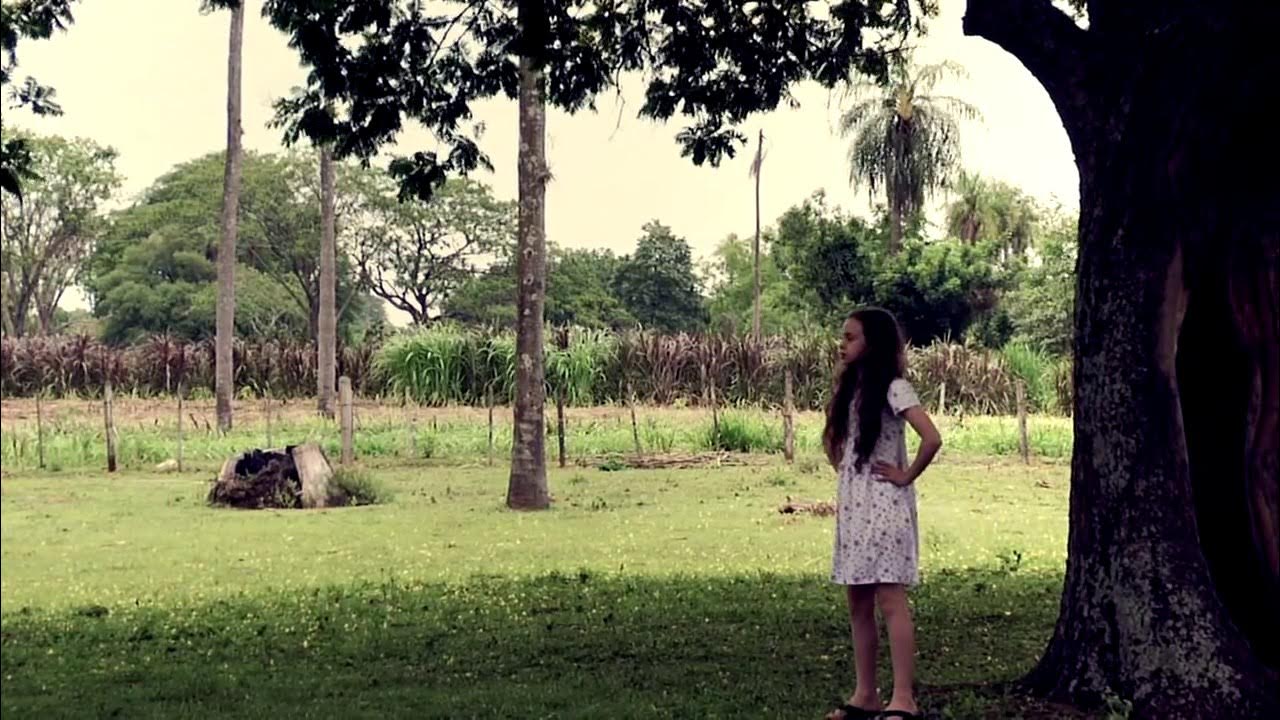PART#1. EKONOMI DAN ISLAM
Summary
TLDRThe transcript features a dynamic and culturally rich performance, blending Javanese traditional themes with musical cues, sounds of applause, and phrases invoking divinity and cultural heritage. The text touches upon spiritual and philosophical concepts, referencing figures like 'Gusti' (God) and symbolic elements such as 'Jati' (authenticity or nature). Interactions such as claps and musical interludes add layers to the performance, creating an immersive, ritualistic atmosphere. The themes resonate with love, reverence, and devotion, evoking a deep connection with Javanese customs and the divine.
Takeaways
- 😀 The script contains a blend of musical, ritual, and cultural elements, emphasizing spiritual and emotional experiences.
- 😀 Audience engagement is a key feature, with multiple references to clapping and music, indicating active participation.
- 😀 The language includes spiritual references such as 'Gusti' (God) and 'Pangeran' (Prince), suggesting a ceremonial or devotional context.
- 😀 Repeated references to 'samudro' (ocean) and 'jiwa' (soul) indicate a focus on deep philosophical or metaphysical themes.
- 😀 The inclusion of terms like 'muktisun' (purification) and 'tresno' (love) highlights a ritualistic and cleansing purpose.
- 😀 The script mentions 'Wayah wayang' and 'Sri' (a revered title), possibly connecting to traditional Javanese shadow puppetry or performances.
- 😀 Musical cues appear consistently, suggesting that music plays a significant role in setting the atmosphere and reinforcing the themes.
- 😀 Elements of divine or spiritual invocation are present, with references to 'Dewa' (God) and 'Agung' (great), suggesting reverence.
- 😀 The script involves complex cultural references that may connect to traditional Javanese beliefs, including concepts of fate, destiny, and spiritual guidance.
- 😀 Repeated mentions of 'perwita maneka Warno' (diverse colors) and 'mustika' (jewel) suggest a rich, multifaceted spiritual journey or awakening.
Q & A
What is the overall theme or message of the transcript?
-The transcript appears to convey a spiritual and philosophical reflection on life, death, and the soul's journey. It references divinity, wisdom, and the connection between human beings and higher powers.
What role does music play in the script?
-Music is used throughout the transcript to emphasize emotions, transitions, and to highlight key moments in the narrative. It adds a rhythmic and ceremonial tone to the dialogue.
How does the script incorporate traditional or cultural elements?
-The script includes references to traditional and spiritual practices, such as invoking divine entities ('Gusti'), mentioning Javanese or Southeast Asian cultural symbols ('Jati,' 'Pangeran'), and the recurring use of ceremonial phrases.
What does the term 'Gusti' refer to in the transcript?
-In the script, 'Gusti' refers to a divine or god-like figure, possibly indicating a higher spiritual power or force that is invoked or revered throughout the narrative.
What does 'manung' in the script symbolize?
-The term 'manung' likely symbolizes unity or oneness, particularly in the context of human beings merging with higher spiritual realms or understanding.
What significance does 'samudro' (ocean) have in the context of the script?
-'Samudro' (ocean) is often used symbolically to represent vastness, the unknown, or spiritual depth. It could reflect the journey of the soul or the infinite nature of life.
Why is there frequent use of the phrase 'Tepuk tangan' (applause) in the script?
-'Tepuk tangan' (applause) may signify moments of acknowledgment, celebration, or reverence, especially in ceremonial or spiritual contexts where the audience or participants are expressing approval or respect.
What does 'suci' mean in the transcript?
-'Suci' refers to purity, sanctity, or being holy. It is likely used in the script to describe the spiritual purity or divine nature of certain beings or moments.
What is the significance of 'Jati' in the narrative?
-'Jati' may refer to the essence or true nature of an individual, as well as representing wisdom or knowledge. It could symbolize the core identity or the soul’s deeper truth.
What does the script suggest about the relationship between life and death?
-The script reflects a philosophical view of life and death as interconnected, where death is not the end but a transformation or continuation of the soul’s journey. The repetition of terms like 'Gusti' and 'samudro' points to an ongoing spiritual evolution.
Outlines

This section is available to paid users only. Please upgrade to access this part.
Upgrade NowMindmap

This section is available to paid users only. Please upgrade to access this part.
Upgrade NowKeywords

This section is available to paid users only. Please upgrade to access this part.
Upgrade NowHighlights

This section is available to paid users only. Please upgrade to access this part.
Upgrade NowTranscripts

This section is available to paid users only. Please upgrade to access this part.
Upgrade NowBrowse More Related Video
5.0 / 5 (0 votes)





